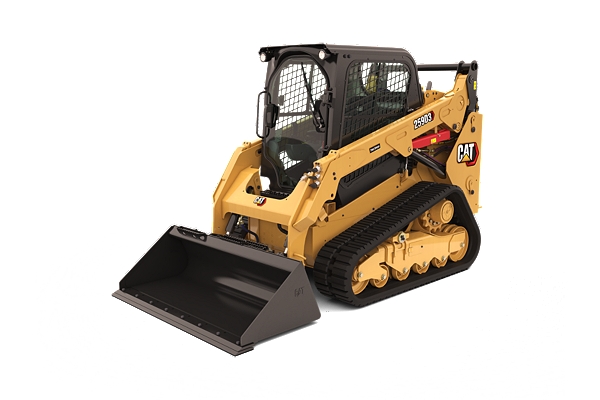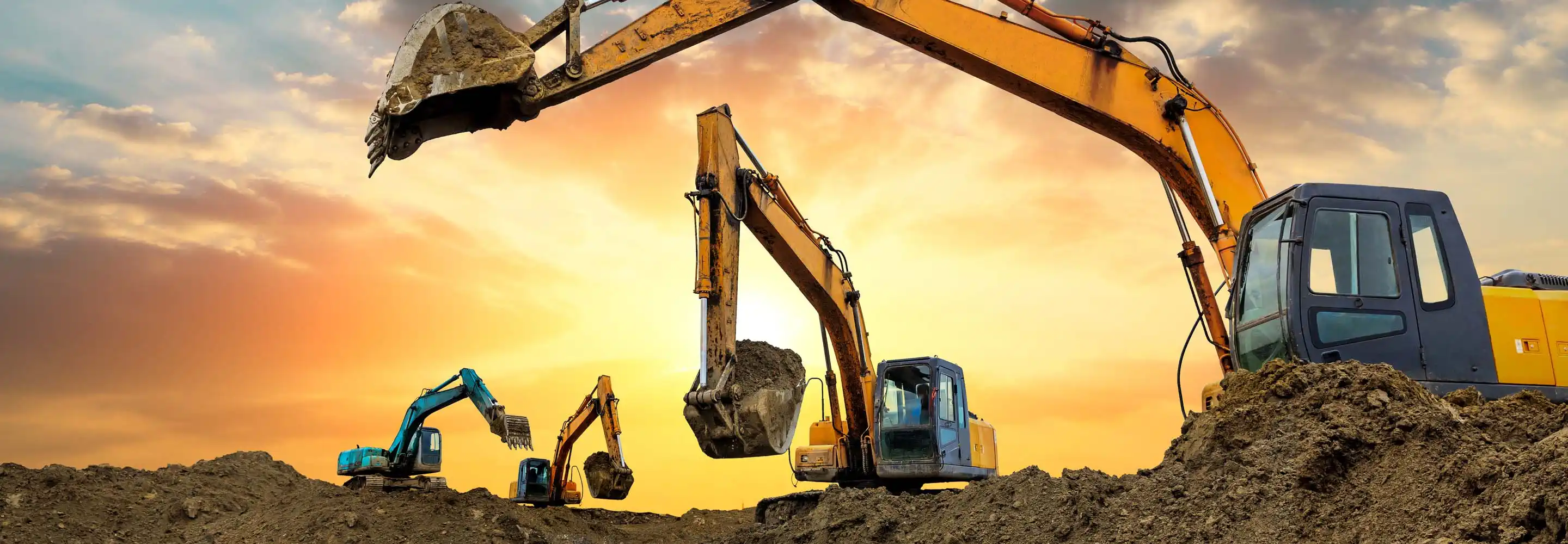Top Equipment Rental Company for All Your Demands
Wiki Article
Leasing Vs. Buying Construction Devices: Making the Right Option for Your Task
When getting started on a building and construction task, among the vital decisions that project stakeholders and managers face is whether to buy or lease building and construction equipment. Both choices have their advantages and drawbacks, making the choice a crucial one in the project planning procedure. The decision rests on different factors such as price considerations, project period, devices maintenance, risk, scalability, and flexibility administration. Each component plays an essential duty in determining the most suitable path for the job's devices needs. heavy equipment rental. Let's check out these variables better to understand just how they influence the decision-making process and ultimately the success of the task.Expense Factors To Consider
When examining the monetary aspect of buying versus renting building and construction tools, the long-lasting expenditures and ahead of time costs need to be thoroughly considered. Leasing devices frequently needs reduced first payments contrasted to acquiring, making it an appealing option for temporary projects or contractors with budget restraints. Leasing gets rid of the need for big funding investments and reduces the financial threat related to equipment ownership, such as maintenance and depreciation costs. Nevertheless, in the long run, continuously renting equipment can collect higher expenses than purchasing, especially for extended tasks.On the other hand, purchasing building equipment includes greater in advance costs yet can result in lasting cost savings, specifically for long-term jobs or regular customers. Inevitably, the decision in between leasing and purchasing construction devices pivots on the job's duration, frequency of use, budget plan factors to consider, and lasting financial goals.
Project Period

Alternatively, for long-lasting tasks or recurring construction job, getting devices can be the more affordable choice. Investing in devices can lead to set you back savings in the future, specifically if the devices will certainly be often used. Additionally, possessing equipment gives a sense of control over its schedule and allows for modification to fit specific job needs.

Equipment Maintenance
Given the critical function task duration plays in determining one of the most cost-effective method between getting and renting out building tools, the emphasis now changes in the direction of examining the vital element of equipment upkeep. Appropriate maintenance is critical for making sure the optimum efficiency and longevity of building tools. Renting tools commonly comes with the advantage of having well-maintained equipment offered by the rental firm. This can alleviate the worry of upkeep tasks from the job owner or contractor, conserving time and initiative. On the other hand, owning tools requires an aggressive strategy to maintenance to protect against breakdowns, ensure safety, and prolong the tools's lifespan. Normal examinations, servicing, and timely repair work are essential to keep owned and operated tools in top functioning problem. Variable in upkeep expenses when determining between leasing and getting, as overlooking maintenance can cause pricey repair work, downtime, and task hold-ups. Eventually, a properly maintained building tools fleet, whether leased or owned, is vital for the effective and effective completion of building projects.Versatility and Scalability
In the realm of construction devices management, the aspect of versatility and scalability holds substantial importance for job efficiency and source application. Deciding to lease building and construction tools gives a high degree of adaptability as it enables for the fast modification of equipment types and quantities based on the developing requirements of a project.Furthermore, scalability, another important element, is naturally linked to versatility. Renting out construction tools uses the advantage of quickly scaling operations up or down as job demands change. Service providers can promptly exchange or include equipment to match the job's changing Go Here demands without the constraints of having possessions that may become underutilized or obsolete. This capacity to range resources effectively can lead to cost savings and enhanced project timelines, making leasing a beneficial choice for tasks needing flexibility and responsive resource appropriation.
Danger Management
Effective risk administration in building and construction tools procedures is extremely important to guaranteeing task success and mitigating possible economic losses. Building and construction projects inherently involve numerous risks, such as devices break downs, accidents, and project delays, which can dramatically affect the my blog project timeline and spending plan. By carefully taking into consideration the threats connected with owning or renting building and construction equipment, project managers can make informed decisions to lessen these prospective risks.Leasing building and construction equipment can provide a degree of danger mitigation by moving the duty of maintenance and repairs to the rental business. This can reduce the financial worry on the job proprietor in case of unexpected devices failures (scissor lift rental). Additionally, renting supplies the flexibility to access specific equipment for specific project stages, reducing the threat of owning underutilized equipment
On the other hand, possessing building devices gives a sense of control over its use and maintenance. Nonetheless, this likewise suggests bearing the complete duty for repair work, upkeep costs, and devaluation, increasing the economic threats related to tools ownership. Cautious risk evaluation and consideration of aspects such as project duration, devices utilization, and upkeep needs are critical in determining one of the most appropriate option for efficient threat management in building projects.
Conclusion
In verdict, when deciding between buying and leasing building and construction equipment, it is web link necessary to take into consideration price, job duration, equipment upkeep, flexibility, risk, and scalability management. Each aspect plays a critical duty in establishing the most suitable option for the job available. By thoroughly assessing these aspects, project supervisors can make an informed decision that straightens with their spending plan, timeline, and general project objectives.
Report this wiki page